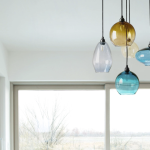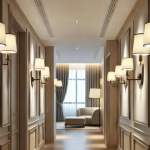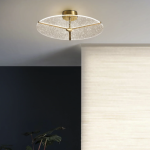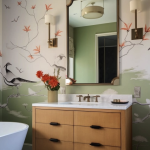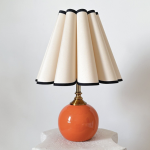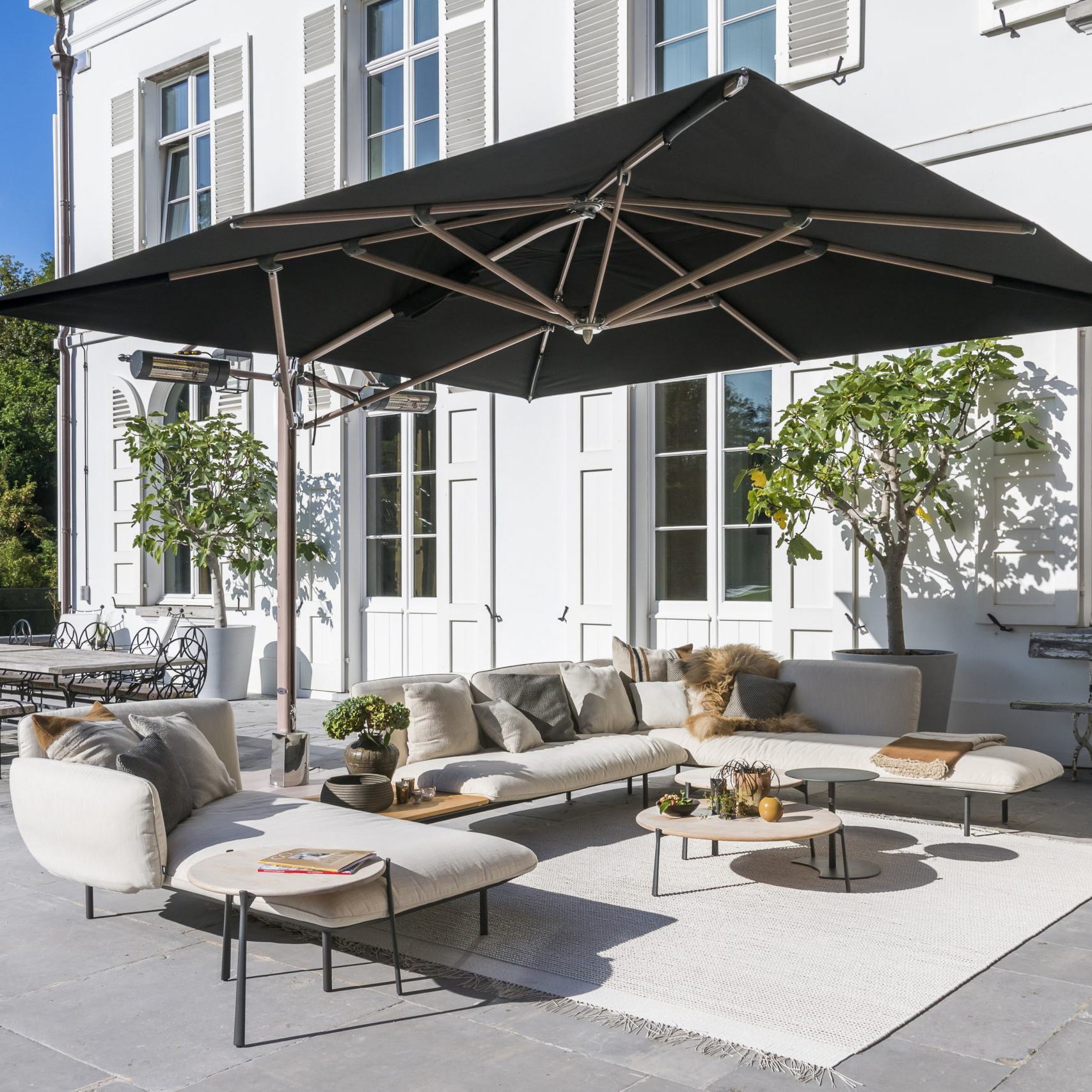
Introduction
Have you ever taken a picture at home that turned out dark or with a strange color? Chances are your lighting needs some improvement. Lighting plays a critical role in photography, and it can make or break a picture. In this article, we will explore the best lighting tips for taking perfect pictures at home.
Types of Lighting
There are three types of lighting that photographers use to capture images: natural light, artificial light, and a combination of both. Natural light is the most ideal, but it’s not always possible, especially when taking indoor photos. Artificial light includes everything from the overhead lighting fixtures in your home to desk lamps and floor lamps. If used correctly, artificial light can mimic natural light and provide a good lighting source for your pictures. Combining natural and artificial light can also create beautiful and unique lighting effects.
Natural Light
Natural light is the best lighting option for indoor photography. It’s free, readily available, and it produces the most flattering results. The best natural light source is sunlight. However, not all rooms in your home have ample sunlight. If you want to take pictures in a room with low light, try these tips:
– Open the curtains and blinds to allow as much natural light in as possible.
– Position your subject near a window, facing the light.
– Use a reflector to bounce light back onto your subject.
Artificial Light
Artificial light is a good alternative when natural light is not available. However, it can be challenging to get the right lighting balance with artificial light. Here are some tips to help you get started:
– Use a desk lamp or floor lamp to create directional light.
– Avoid using overhead lighting, as it can create harsh shadows.
– Use softbox lights or diffusers to create a more natural light source.
– Experiment with different light temperatures (warm, cool, neutral) to see which works best for your pictures.
Combining Natural and Artificial Light
Using a combination of natural and artificial light can create beautiful and unique lighting effects. Here are some tips to help you get started:
– Use a reflector or bounce card to reflect light back onto your subject.
– Place a lamp or light fixture behind your subject to create a backlight effect.
– Position your subject near a window and use a lamp to fill in any shadows.



